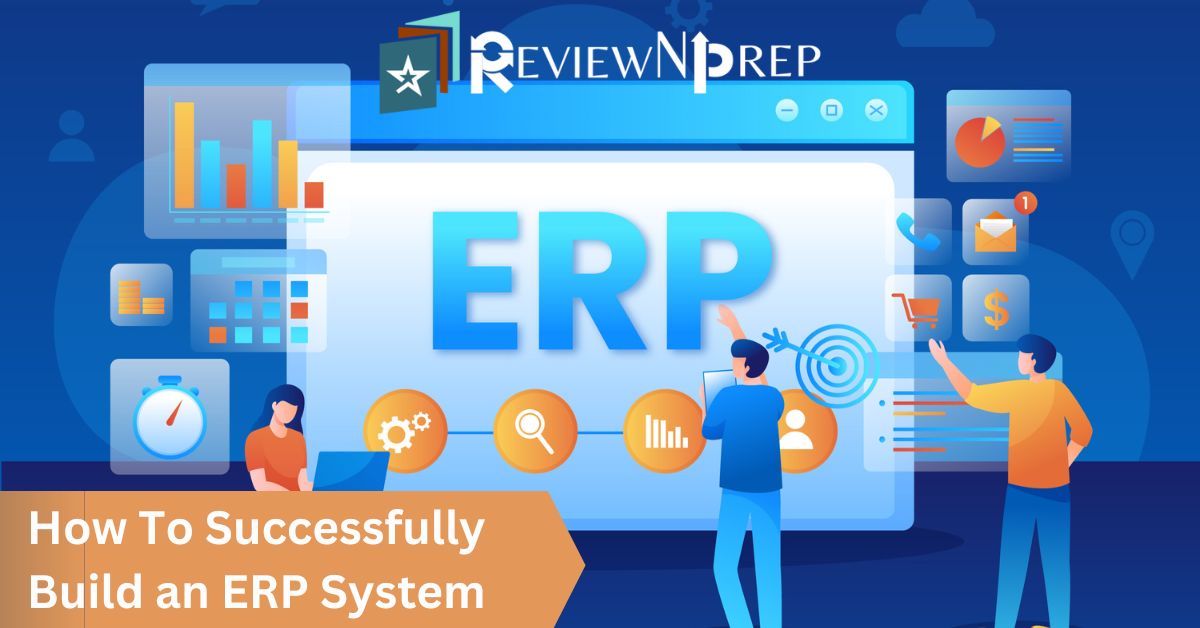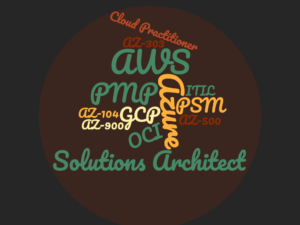|
|
How to Build an ERP System For Your Organization?
An enterprise resource planning (ERP) system is a software application that helps organizations manage their business processes. It includes a wide range of modules that can be customized to fit the specific needs of different businesses.
An ERP system can be used to manage all aspects of a business, including accounting, inventory, procurement, order management, customer relationship management (CRM), human resources (HR), and project management.
Many ERP systems are designed for large organizations, but there are also ERP solutions available for small and medium-sized businesses (SMBs). If you’re considering implementing an ERP system in your organization, it’s important to choose a solution that will fit your specific business needs.
In this article, we’ll provide an overview of ERP systems and discuss how you can build an ERP system for your organization.
Table of Contents
What are the Benefits of Having an ERP System in Place?
An ERP system can offer many benefits for an organization, including:
1. Increased efficiency and productivity: An ERP system can help streamline processes and make information more readily available, leading to increased efficiency and productivity.
2. Improved decision making: With an ERP system in place, organizations can track data and trends more effectively, providing managers with the information they need to make better decisions.
3. Enhanced customer service: By integrating all customer-related information into a single system, ERP systems can help improve customer service by providing employees with quick and easy access to the information they need.
4. Greater flexibility: An ERP system can be customized to meet the specific needs of an organization, making it more flexible than many other types of systems.
5. Reduced costs: An ERP system can help reduce costs by automating tasks and eliminating the need for duplicate data entry or manual processes.
Key Components of an ERP System
An ERP system typically consists of a database, software to support various business processes, and interfaces to connect to other systems. The database is the central repository for all data in the system, and the software provides the tools to input, store, retrieve, and analyze that data. The interfaces allow the ERP system to connect to other systems, such as accounting or manufacturing, in order to exchange data.
There are many different types of ERP systems on the market, and each has its own unique set of features. However, all ERP systems share some common key components:
- A Database: This is the central repository for all data in the system. All information related to customers, orders, inventory, etc. is stored here.
- Software: This is what makes an ERP system function. It provides the tools to input, store, retrieve, and analyze data. It also enables communication between different parts of the system (via interfaces) and with other systems (via APIs).
- Interfaces: Interfaces allow an ERP system to connect to other systems and exchange data. For example, an interface might be used to connect an accounting system to a manufacturing system so that data can be exchanged between them.
How to Choose the Right ERP System for Your Organization
There is no one-size-fits-all answer when it comes to choosing the right ERP system for your organization. The best way to find the right system for your needs is to first identify your organization’s specific requirements and then compare these requirements with the features and capabilities of various ERP systems on the market.
Some factors you should consider when choosing an ERP system include:
- Scalability: will the system be able to accommodate future growth?
- Flexibility: can the system be customized to meet your specific needs?
- Ease of use: how user-friendly is the interface?
- Cost: what is the total cost of ownership?
- Vendor Support: does the vendor offer adequate support in case you run into problems?
Once you’ve identified a few potential systems, it’s important to test them out before making a final decision. Request demos or free trials from vendors and set up a test environment in which you can try out the software yourself. This will give you a better idea of how well the system meets your needs and whether or not it’s easy to use.
Step by Step Guide on How to Build an ERP System for Your Organization
1. Research
The first step is to identify your organization’s specific needs. What kind of data do you need to track? What processes do you need to automate? Once you have a good understanding of your organization’s needs, you can start looking for software that will meet those needs.
When choosing software, it’s important to consider both the features and the price. You don’t want to overspend on unnecessary features, but at the same time, you don’t want to skimp on quality. Once you’ve found a few software options that meet your needs and budget, it’s time to start testing them out.
2. Dive into UI/UX design
UI/UX design is a process of creating user interfaces and user experiences for digital products such as websites and apps. It involves the use of various tools and techniques to create an interactive and intuitive interface that is easy to use and provides a great user experience.
There are many factors to consider when designing a UI/UX, such as the type of device being used, the users’ needs and goals, and the overall look and feel of the product. The goal of UI/UX design is to create a product that is both usable and enjoyable to use.
Related: Understand the differences between web developer and web designer in this blog.
3. Integrate ERP modules
Organizations that are looking to build an ERP system need to consider various modules that will be necessary for their business. The most common modules include:
- Financials
- Human Resources
- Manufacturing and Warehouse Management
- Sales and Customer Relationship Management
- Supplier Relationship Management
- Project Management
Each module is integral to the success of an ERP system. Financials, for example, provide insight into the overall financial health of the organization. Human resources help manage employee data, while manufacturing and warehouse management ensures the smooth production and distribution of goods. Sales and customer relationship management track customer interactions, while supplier relationship management streamlines the process of procuring materials. Project management provides a framework for managing complex initiatives.
4. Choose the right development partner
When you’re ready to develop an ERP system for your organization, it’s important to choose the right development partner. The wrong partner can lead to a subpar product, missed deadlines, and cost overruns. The right partner will have a proven track record in delivering quality ERP systems on time and on budget.
Here are some things to look for when choosing an ERP development partner:
- A proven track record in developing ERP systems
- The ability to deliver a quality product on time and on budget
- A team of experienced developers who understand your business needs
- A flexible approach that can accommodate changes during the development process
- A commitment to customer service and support after the system is live
5. Review the final product
After you’ve built your ERP system, it’s important to review the final product to ensure that it meets your organization’s needs. To do this, you’ll want to:
- Gather feedback from employees who will be using the system. What do they like about it? What do they think could be improved?
- Test the system yourself. Use it for a variety of tasks to see how well it works and identify any areas that need improvement.
- Review the data that’s been entered into the system. Make sure that it’s accurate and complete.
- Compare the system to your original requirements document. Has everything been implemented as planned? Are there any features that you wanted but didn’t get?
- Get input from management on their thoughts about the system. Is it meeting their expectations? Are there any changes they’d like to see made?
- Make sure that all user manuals and documentation are up-to-date and accurate. This will help employees use the system effectively and troubleshoot any problems they may have.
Security Considerations for your ERP System
When it comes to ERP systems, security is always a top concern. Here are a few things to keep in mind when choosing an ERP system for your organization:
- Make sure the system is hosted in a secure environment.
- Choose an ERP system with robust user authentication and authorization features.
- Ensure that the system has comprehensive auditing and logging capabilities.
- Make sure the system is compliant with all relevant security standards (e.g., PCI DSS, HIPAA, etc.).
- Work with a reputable and experienced ERP provider that has a proven track record of delivering secure systems.
Final Thoughts
It is important to remember that an ERP system is not a one-size-fits-all solution. There is no single “right” way to build an ERP system for your organization. The best approach is to work with a team of experts who can help you understand your specific needs and requirements, and then tailor a solution that meets those needs.
An ERP system can be a complex and expensive undertaking, but it can also be a very valuable investment for your organization. Done correctly, an ERP system can help you improve efficiency, reduce costs, and gain a competitive edge in your industry.
Further Reading:
Understand the basics of cloud computing architecture in this blog.

